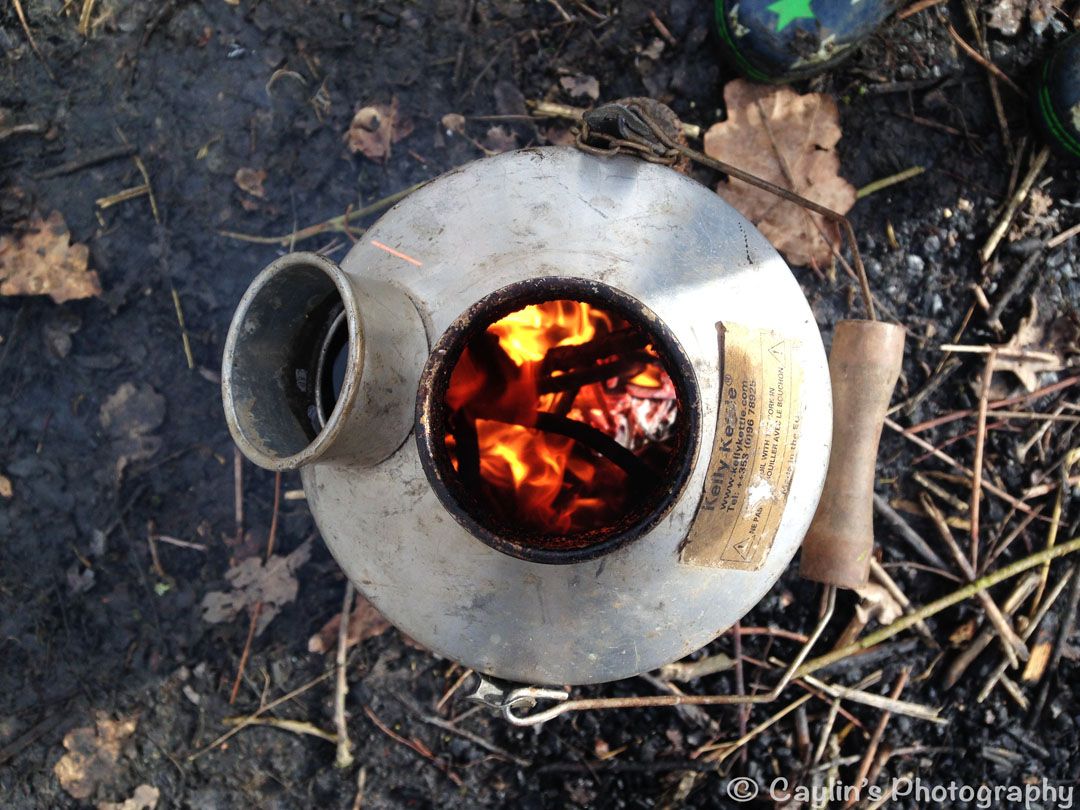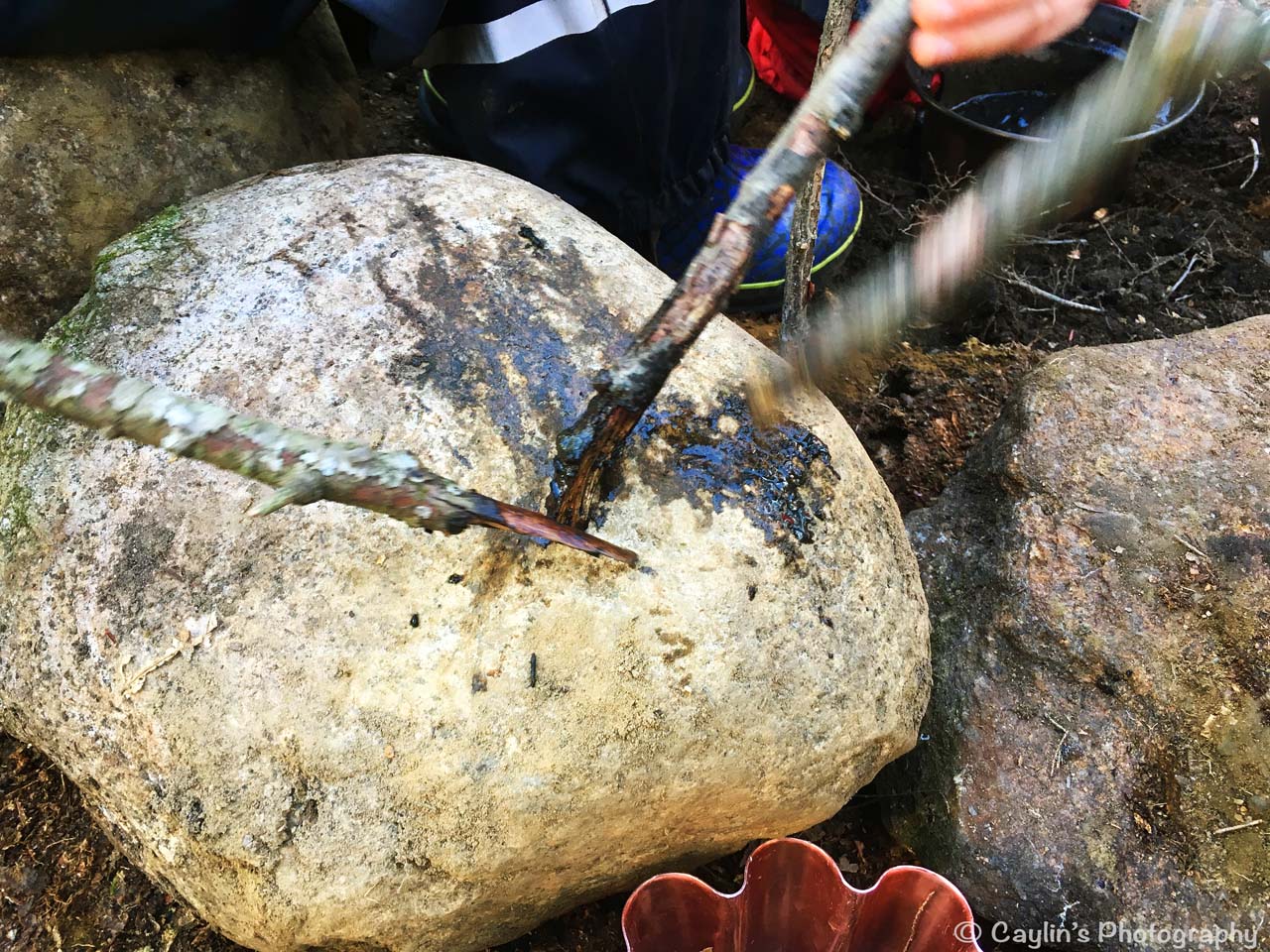
Blog
Stories from my personal journey learning about and delivering Nature-rooted programs across three different countries
How perceptions of 'danger' can change after making fire with four year olds...
Caylin (Forest Schooled)

Empty space, drag to resize
Short on time? Listen to this blog post as a podcast. And subscribe to my podcast channel on Apple Podcasts, Google Podcasts, or Spotify.
I find it interesting how our perceptions of what's 'dangerous' are highly influenced by our cultures, in other words, what seems to be the consensus of those around us. What's even more interesting is those perceptions aren't necessarily fixed; they can change when you're exposed to a different culture's view on the matter. I bring this up after having a conversation with a friend that led to him commenting about the danger inherent in people standing on chairs (like if you need to reach something without going to get a ladder). Obviously there is some risk involved in standing on chairs, but my immediate thought was, "If I can safely enjoy working with 4 year olds using tools and making fires, then standing on a chair doesn't seem all that dangerous to me!" However, upon reflection, I'm not sure I would have held that same perception before having experienced actually using tools and making fires with 4 year olds. I think it's entirely possible my induction into the culture of Forest School has influenced my perception of danger and risk...
Over the past few weeks I've been working with a group of 4 years olds on building fires. These children go to a Nature School three days a week where they spend a mixture of their time both indoors and outdoors. They usually spend their mornings outside in a forest, immersed in a style of learning that I would liken to my experience with Forest School. There a few resources set up like a swing and a mud kitchen, but the children are very much encouraged to play and explore their own interests. I've been tagging along for these outdoor morning sessions one day a week since September. About three weeks ago we brought out a kelly kettle for the first time this school year and it's been great to see the group's relationship to fire-building develop and evolve.
We actually started the process by creating a fire area from scratch. This involved choosing a suitable location, sweeping away dead leaves and making a square boundary out of logs. Then we needed to collect fuel, like sticks and birch bark to prepare for our fire. We adults initiated this, but the children's curiosity about what we were doing soon turned into their whole-hearted involvement. Once we had everything we needed we all gathered around our fire area. That's when I asked the question, "What do you think we need to do to keep ourselves safe when there's a fire?" The discussion that followed resulted in group agreements mainly suggested by the children with some guidance from me:
- Only the person tending the fire would be inside the square
- Others may enter the square only if they are invited by the fire tender
- If someone wants to get to the other side of the square, they should walk around rather than through it
- Movement near the fire area should be slow and calm.
I demonstrated one method of preparing a fire for the small bowl that the kelly kettle would rest on by putting bigger sticks on the bottom and smaller sticks at the top. We talked about how to tell size differences between different sticks and the children came up with names to help them remember. 'Rat tails' were the thicker sticks and 'mouse tails' were the smaller twigs. Then they all took turns helping to build our stack of sticks. Next I showed them how to light it with a spark made from a fire striker. It lit straight away and burned really well, a credit to our careful preparation.
So I set the kettle on top of our small fire to let it boil. The children loved watching the flames flicker and each took a turn to add more sticks through the top of the chimney hole. Soon we had boiling water to make tea and hot chocolate.

We've repeated this process for three weeks now and we're already at the point where the children need little direction from us. They know what size sticks we need and how to set them up. They know how to safely tend the fire when the kettle is on. Additionally, there have been so many unplanned learning opportunities that have come up just through conversation as we work. For example: Why a stick won't burn when it's green... How to tell that a stick is dry by listening for a snapping sound when you break it... How a fire needs oxygen, fuel, and heat and if you take any of those three things away it will go out... How tucking in scarves, taking off mittens, and tying back hair keeps us safe when we're working with fire... How smoke looks and smells different than steam... And on, and on, and on...
Another conversation topic has been how and why to put the fire out. Questions have come up like, "What might happen if we just left a fire or hot ash behind?" "How could wind affect this?" "How can we check a fire is totally out before we leave?" Once the fire has died down, we've been sprinkling and then pouring water over the metal bowl. I usually use a stick to give the bowl a stir and make sure everything has been saturated. This week, two of the children watched me do this and wanted to try it too. As they were mixing it we noticed how the water turned a deep black colour and how it looked a little bit like paint. Can you guess what happened next? As the children starting using sticks to smear the charcoal mixture onto nearby stones, they grew more and more excited as they realized that it actually worked like paint!

So, for all the risks inherent in making fires, I certainly wouldn't call it a 'dangerous' activity (as long as appropriate measures are put into place to manage it well). The reason for this could be because, as Bob Sharp (2004) states in Risk in Outdoor Education,
“The extent of risk depends in part on how competent a person is in dealing with the hazard; it is a function of how a person 'sees' or 'feels' a situation and combines both environmental and human factors... Thus, risk may be different for each individual even though the measured risks may be identical in size” (pg. 92).
Therefore my perception of 'danger', at least when it comes to fire, is a result of the confidence I've gained in myself to lead fire making activities with children and the experiences I've had with their competence to participate safely, even at the young age of four. I've adjusted to a Forest School culture, where such 'risky' activity is just the norm. And it's certainly more fun than standing on chairs...
References:
Sharp, B. (2004) Risk in Outdoor Education, in Sharp,
B and Barnes, P. (Eds.) The RHP Companion to Outdoor Education, Russell House Publishing Ltd, Lyme Regis. Ch.13.
B and Barnes, P. (Eds.) The RHP Companion to Outdoor Education, Russell House Publishing Ltd, Lyme Regis. Ch.13.
More Posts
WANT TO GET FOREST SCHOOLED TOO?
Subscribe to my email letters, something special from me to you so we can learn together. Each one is filled with heart-felt stories from the forest, resources you may find useful, and things that hopefully bring a smile too.
Thank you!
© by FOREST SCHOOLED
